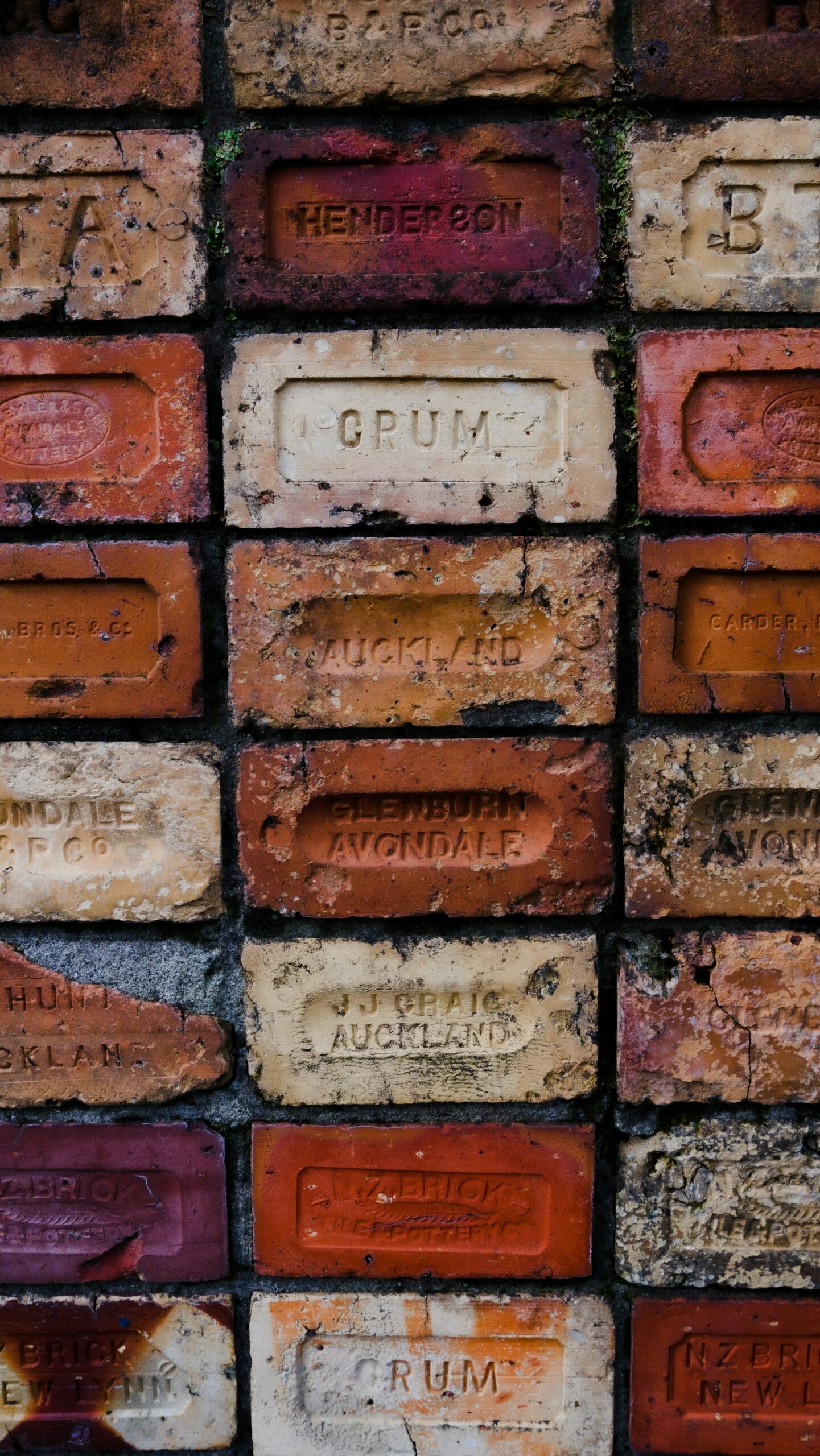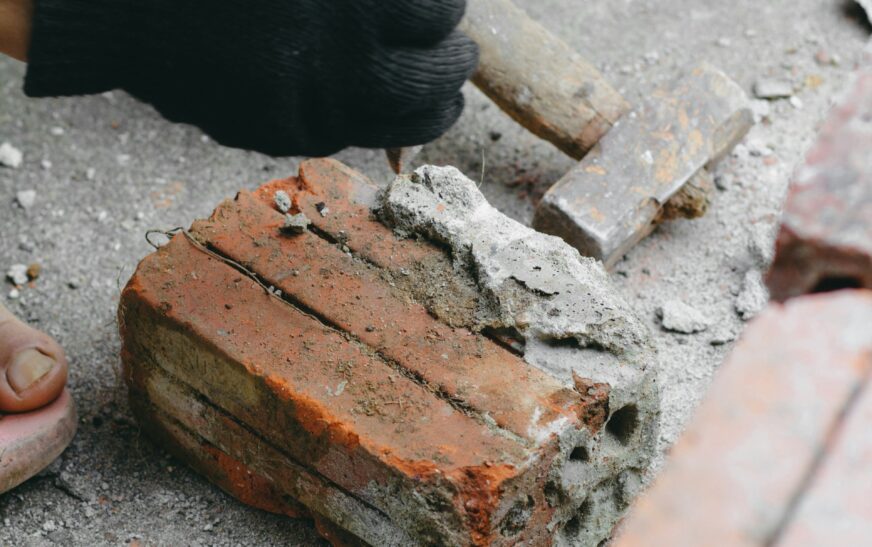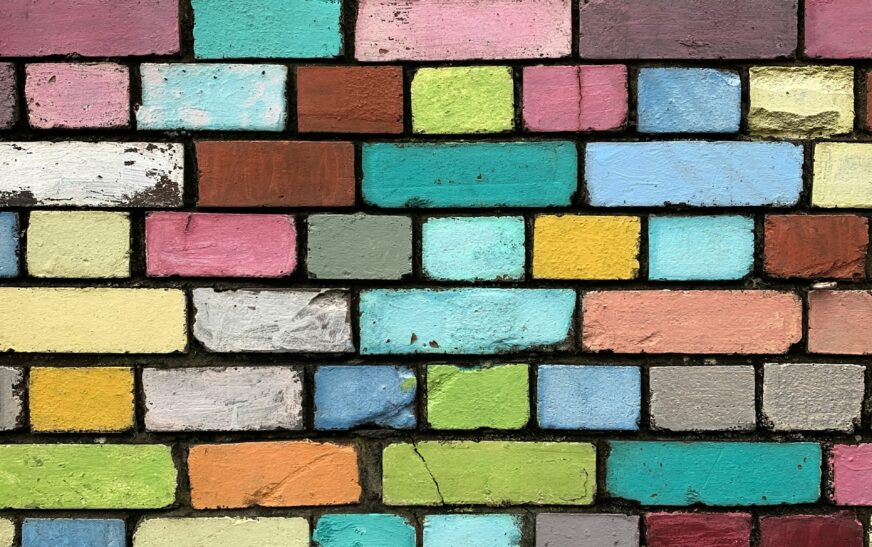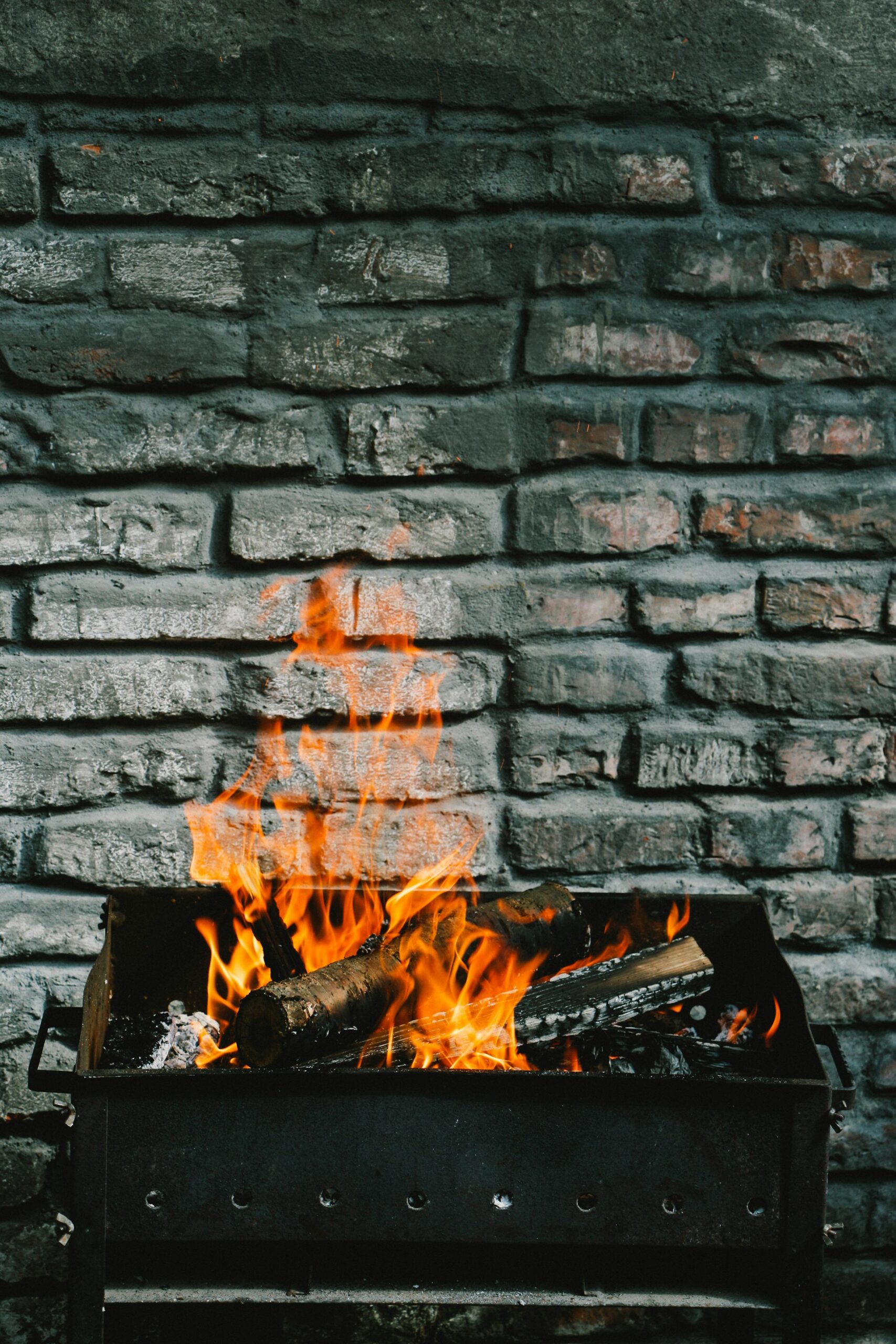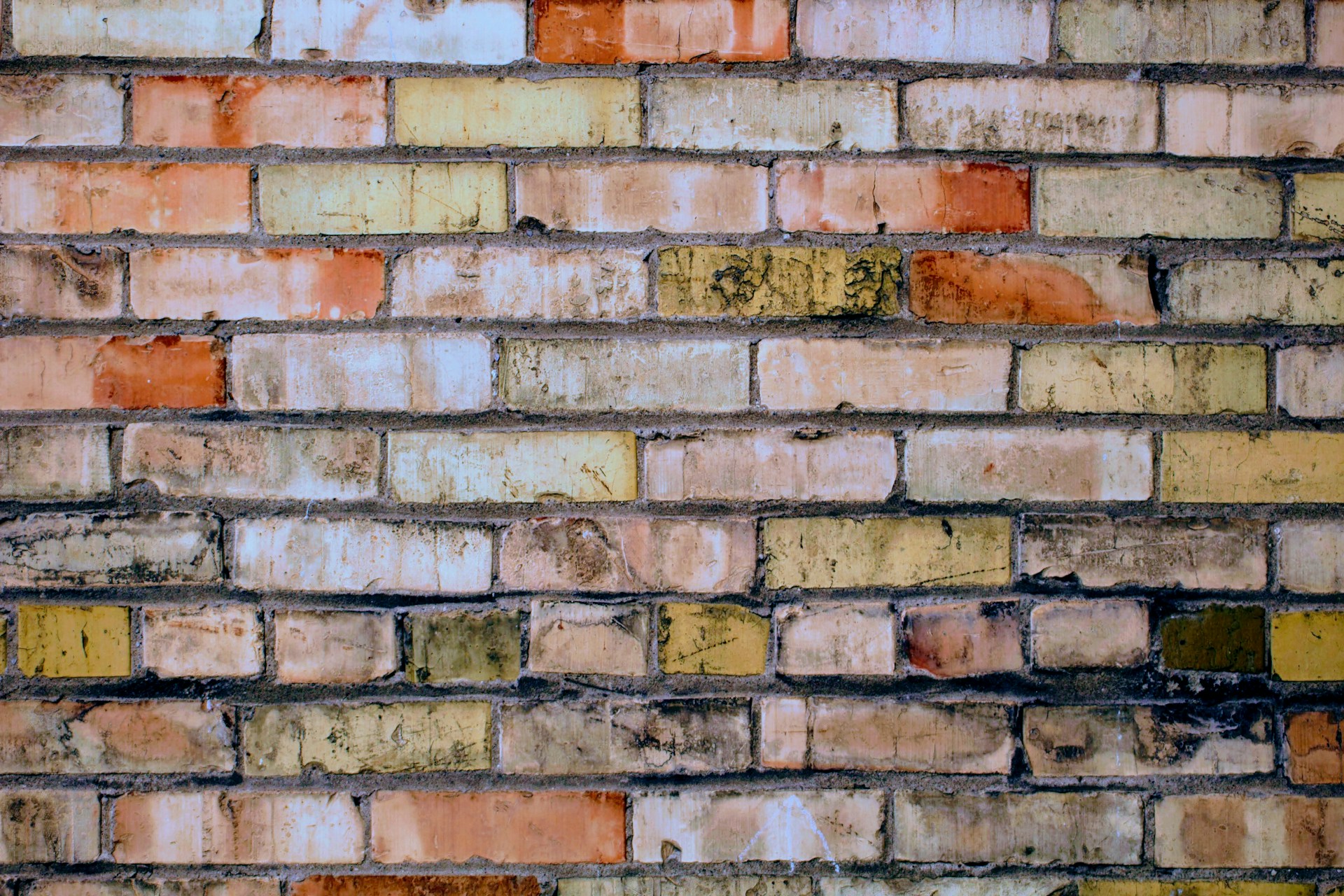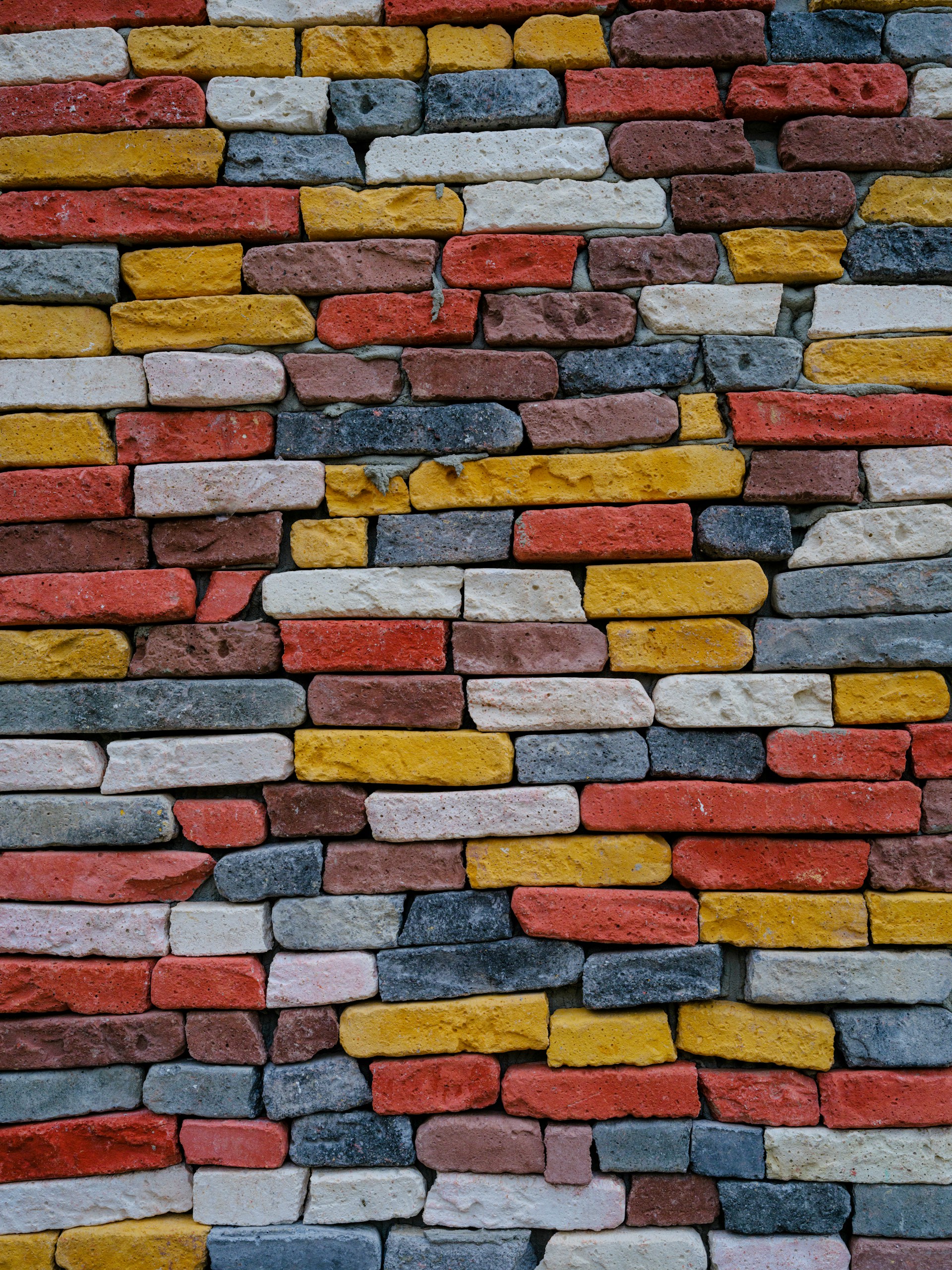Brick walls—whether framing a cozy fireplace, lining a sun-soaked patio, or acting as a dramatic accent wall—are undeniably bold. They bring texture, character, and timeless style. But when it comes to hanging anything on them? That’s where many of us freeze in front of the wall with a picture frame in hand, thinking: “Do I drill? Do I risk it? Is this brick judging me?”
Relax. You’re not alone. Let’s break down how to hang things on brick safely, without cracking, crumbling, or having regrets later.
Why Hanging on Brick Is Tricky
Here’s the thing: brick is hard, dense, and stubborn. Unlike drywall or wood, it won’t let a pushpin or standard screw slide in. Great for structural strength, not so great for last-minute decorating.
And it gets trickier if your brick is:
- Painted or sealed
- Older and fragile
- Decorative veneer instead of solid brick
Even drilling brings decisions: do you go into the brick itself for strength, or the mortar for easier repairs? Knowing your wall’s personality will save headaches.
Step 1: Evaluate What You’re Hanging
Ask yourself:
- How heavy is it? A tiny photo frame isn’t the same as a 25-pound mirror.
- Is it temporary or permanent? Seasonal décor deserves non-invasive solutions.
- Indoor or outdoor? Temperature and moisture affect adhesives.
- Painted or natural brick? Some adhesives struggle with painted surfaces.
Once you know your constraints, you can pick the right method.
Method 1: Adhesive Brick Clips or Hooks (No Drilling)
For light items or renters who hate making holes, adhesive options can work surprisingly well.
Best for:
- Artwork under 5 lbs
- Decorative lights or garlands
- Seasonal décor
Tools/Materials:
- Brick clips or spring-loaded brick hangers (for unpainted brick)
- Heavy-duty adhesive hooks (like Command™ outdoor strips)
How it works:
- Brick clips grip the face of slightly protruding bricks.
- Adhesive strips attach to smooth, clean, dry bricks.
Pros:
- No damage to brick
- Quick and reversible
Cons:
- Won’t hold heavy items
- Less effective on uneven or crumbly brick
Method 2: Masonry Anchors and Screws (Drilling Required)
For heavier items—mirrors, shelves, planters—you’ll need to drill.
Best for:
- Large frames or shelves
- Wall-mounted fixtures
- Outdoor cameras
Tools/Materials:
- Power drill with masonry bit
- Plastic or metal masonry anchors
- Concrete screws (Tapcon® or similar)
- Level and measuring tape
Instructions:
- Mark the location with a pencil.
- Level it.
- Drill a pilot hole into the brick (or mortar).
- Insert the anchor.
- Screw in your item.
Brick vs. Mortar:
- Mortar is easier to repair later, but brick holds better for heavier loads. Use your judgment.
Pros:
- Secure and long-lasting
- Holds substantial weight
Cons:
- Permanent holes
- Risk of cracking brick if done wrong
- Time-consuming
Method 3: Brick Clamp Systems
These clever gadgets latch onto the edges of bricks—no drilling or adhesive required. Perfect for mantel decorations or hanging garlands.
Best for:
- Seasonal décor
- Lightweight garlands or string lights
Pros:
- No tools needed
- Adjustable and reusable
Cons:
- Needs uniform brick size
- Doesn’t work on painted or uneven brick
Method 4: Wire or Hanging Rail Systems
For multiple items or gallery walls, consider installing a ceiling-mounted rail system.
Best for:
- Gallery walls
- Offices or display spaces
Pros:
- Brick stays intact
- Items can be repositioned easily
Cons:
- More complex installation
- May affect ceiling or trim
Tips for Success
- Clean the brick: Dust, soot, or moisture reduces adhesion.
- Use the right drill bit: Masonry bits only.
- Start small: Test on a lower, hidden brick.
- Check weight limits: Don’t guess—adhesives and anchors have max capacities.
Read More : How to Clean Soot Off Brick: Restore the Beauty of Your Brickwork
When to Call a Professional
If your project involves:
- Very heavy installations (TVs, large mirrors)
- Vintage or delicate brickwork
- Structural concerns
…get a pro. They have the right tools and know-how to avoid costly damage.



